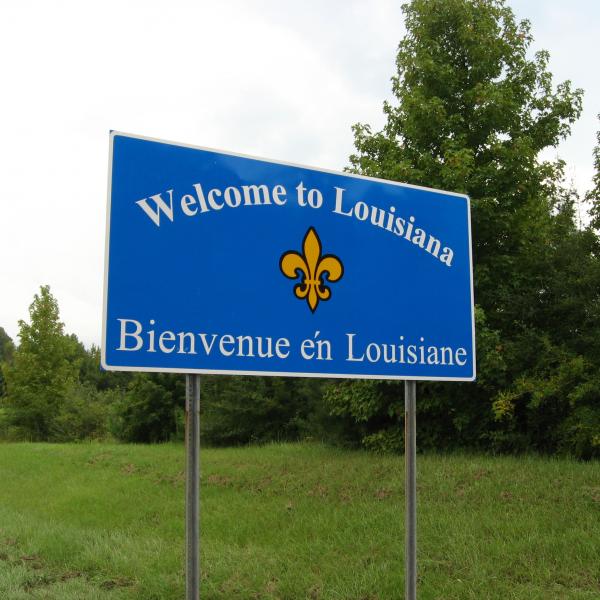During the latter half of our discussion on “Weary Blues”—after Dr. Early asked the question about the perspective in the final lines—I found myself thinking a lot about two T.S. Eliot poems: “Rhapsody on a Windy Night” and “Preludes.” I vaguely remembered elements of each: a narrative persona sort of wandering through an urban landscape; central images of a moon and a street lamp; a deep sense of alienation.
When I studied these Eliot poems in college, they were presented to me as examples of the way Eliot was using Romantic images to develop his own modernist vision. As the note before “Preludes” on the Washington State web site says, that poem portrays “spiritually exhausted people who exist in the impersonal, tawdry modern city … [and] impressionistically captures the impoverished spiritual lives of those living in a lonely, sordid, decadent culture.” It’s easy to see how “Rhapsody,” written in the same year (1917) has the same flavor. (For that matter, it’s easy to see how “The Love Song of J. Alfred Prufrock”—far more likely to appear in a high school curriculum—works this way too.)
I don’t know if there is any record of what Hughes thought about Eliot, or his poetry, or the modernist vision. Since Eliot was a giant figure in 1925 (the year of “Weary Blues”), I can only assume that Hughes was aware of him and his vision. It seems interesting to me to read “Weary Blues” as a kind of response to those Eliot city poems.
Though Hughes’s poem shares with “Rhapsody” emphasis on the night world of moon and street lamp, his landscape seems less burnt out to me, less lunar (in the sense of void, or silent wasteland). Eliot’s world has the silence of the void about it: most of the images in the two poems are sights and smells. The few sounds that do appear (can sounds appear?) are mundane: a lonely horse stamping, sparrows in the gutter, a bitter laugh (all in “Preludes”); or whispers and street lamps that “beat like a fatalistic drum” in “Rhapsody.” “Rhapsody” also makes use of quoted passages, like “Weary Blues,” but in Eliot’s poem they’re spoken by street lamps, which seem to be expressing Eliot’s own impressions of a sordid landscape. In short, there’s no music.
Which perhaps is what helps me make my own sense of those final lines of “Weary Blues,” shifting as they do from what the narrator can reliably report or observe into something more ambiguous, or mixed, as we noted during the discussion. Though the street the narrator walks is marked with the same kind of lonely, urban imagery as the Eliot poems, the music the narrator hears the blues man performing offers more than just fragmented correlatives to alienation. The mixing at the end seems like empathy to me: the narrator is able to identify with the weariness, the dejection, the alienation depicted in the song.
I think the end of the poem emphasizes a complex connection between the persona and the blues singer, a connection made possible by music and one that is an explicit (if subtle) subject of the poem itself. The two men (and the maybe the reader too) may both feel weary of spirit, but the song and the narrator’s imaginative leap into the blues man’s perspective makes their weariness shared—a twist on the alienation in the two Eliot poems, with their final images of despair and isolation.
I though the discussions about the two Hughes poems were terrific, and that Matthew Cahliman did a great job facilitating them. I heard him lamenting afterwards that he had hoped to get to more poems, and while I felt the same way, I also found myself marveling at how much we all pulled out of two poems which, I confess, I thought I knew already and had fairly pat readings of. It was a good reminder to me of how fruitful discussion can be when everyone is looking carefully at the same concrete thing.
--Steve Missey



